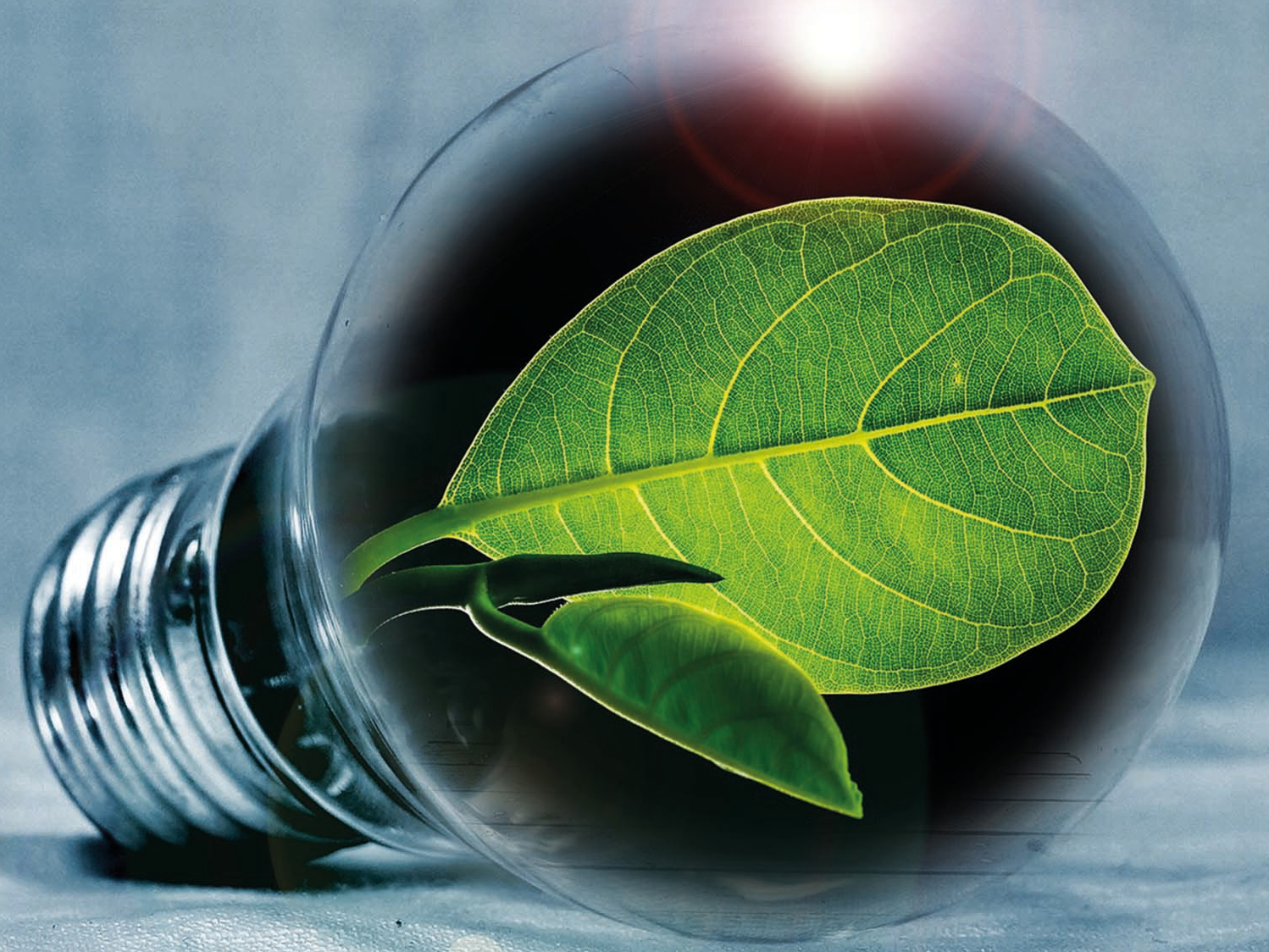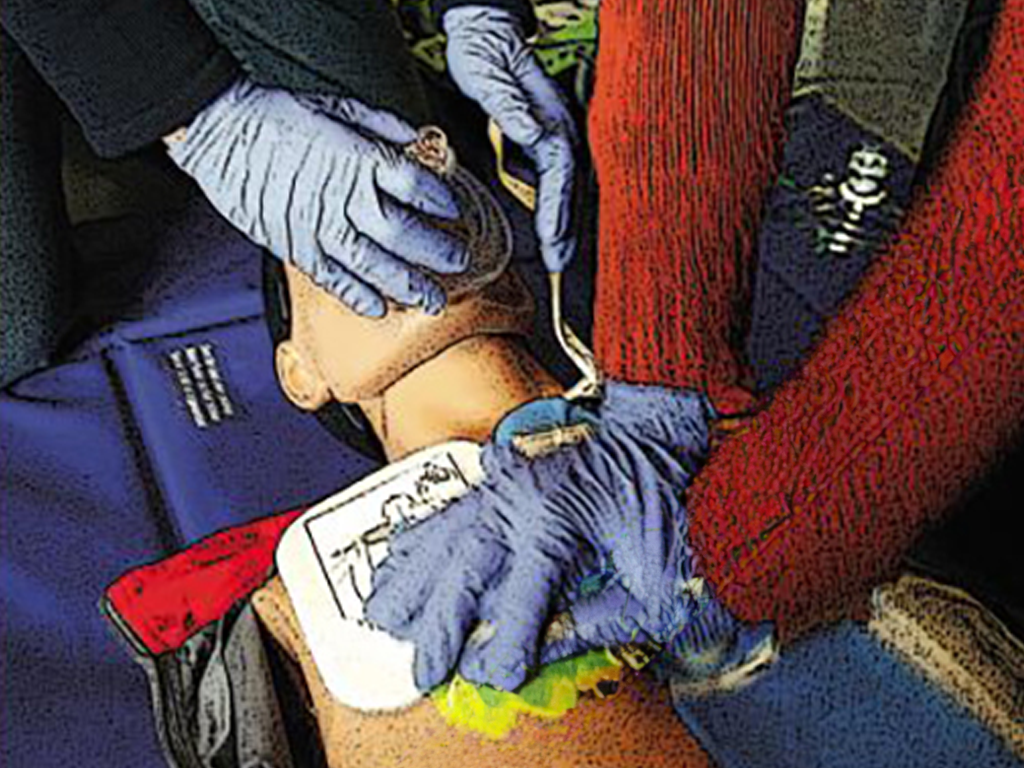 Primary School
Primary School


46505056 / 55504936
Save energy
Heat, electricity
The extraction, generation and consumption of energy is a multi-faceted issue. We humans are required to deal sensitively and sustainably with the existing energy supplies in the world and to discover and establish new energy sources. The film shows the difference between finite and renewable energies from a differentiated perspective. Divided into the chapters "Heating and Hot Water", "Electricity" and "Mobility", the film uses practical examples to show which measures can be taken to use existing energies carefully. At the same time, it gives suggestions on how to save energy yourself, with little effort and to your own advantage. Interactive tasks, test questions and glossary were created with H5P and can be used without additional software. Learning objectives: 1. students will learn to differentiate between finite and renewable energy sources. Students will analyze everyday situations in which energy is used. 3. 3. students argue ways to save energy. In the detailed data section of the DVD 77 pages of teaching and accompanying material, of which: 20 pages of worksheets and supplements with solutions 10 test tasks 10 interactive tasks
Play trailer

Curriculum-centred and oriented towards educational standards
Matching
Resuscitation
It can happen to anyone – of any age, in any place, at any time. Sudden cardiac arrest may quickly prove fatal. Immediate action is called for! Just remember: Check Call Press Anyone can do it. You can't do anything wrong!
Mobile Learning II
Oh, what’s that? Original soundtrack Thissen: “As our children grow up in a media world and naturally handle the media, they should also be a topic in school.“ An older child says the point is that they don’t just load down apps but create things themselves that haven’t existed so far. Hi, I’m Jana. A propeller hat. I’ll put it on. Now I’m no longer a simple rhino, but a flying rhino. Original soundtrack Thissen: “It’s exactly the great flexibility of tablets that promotes very personalised and adapted learning.” Original soundtrack Welzel: “It’s fascinating to see how the children grow with their products and how they always want to improve them.” The Westminster Abbey is a church in London for the royal family. Original soundtrack Welzel: “And?“ They think it is ok.
Podcasting
Today, the use of new media has become a matter of course not only in everyday life – schools and teaching, too, benefit from the new technologies and methods, which support active and independent learning. Especially in computer science, ethics and language courses but also in all other subjects, modern media are a valuable pedagogic and didactic asset. This DVD uses the example of podcasts to demonstrate how the possibilities opened up by new media can be applied in the classroom and how the pupils can be taught to handle them in a competent and target-oriented manner. The film is aimed at supporting the use of podcasts at school and encourages making them. This also requires the ability to find information on the Internet and assess it. The film informs on the functionality of podcasts and technical background as well as on the teaching and learning possibilities offered by podcasts – ranging from specific contents to superordinate learning targets such as the advancement of creativity and team spirit. The DVD is a useful support for teachers applying new media and wishing to show their pupils how to handle Running Time: 20:29 ms them in a sensible way.









